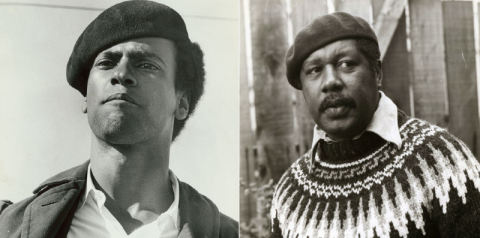Home » The Collection
Welcome to the Ernest J. Gaines Center Academic Blog
The Ernest J. Gaines Center is an international research center focused on the novels and short stories of Dr. Ernest J. Gaines. Through his fiction, Dr. Gaines strived to document and, in his way, preserve examples of living as a Black sharecropper on a South Louisiana Plantation. Gaines’s work is translated into more than 14 languages, and excerpts of his novel The Autobiography of Miss Jane Pitman was taught in French schools throughout the 1990s. Sections from this novel were used to discuss American slavery and the United States Civil War. His ability to build relatable worlds and characters through is fiction highlights certain human qualities that transcend location and ethnicity and strikes at the heart of agrarian communities’ experiences at the dawn of the industrial-agricultural age globally.
Dr. Gaines’s novels take place from the mid-1860s through the late 1970s. His work covers many themes such as Civil Rights, the agricultural south, rural education, education inequality, family structure, religion, community uplift, and community outrage, just to name a few. Because Dr. Gaines’s work relates to so many different topics, it has been a subject of study for many decades. The purpose of this blog is to encourage and continue academic interest in the work of Ernest J. Gaines and making research related to his books more easily accessible to those beyond traditional collegiate settings.
Contributors to this blog include students and scholars interested in Dr. Gaines’s novels and topics identified in Dr. Gaines’s work. Due to formatting, all of the contributor's names will be added to the blog title. If you are interested in contributing, contact Cheylon Woods at cheylon.woods@louisiana.edu for more information.

